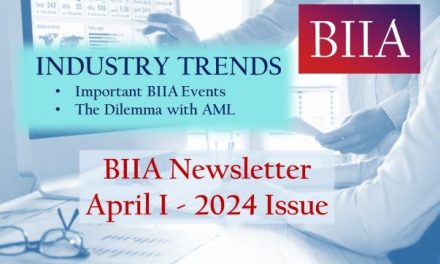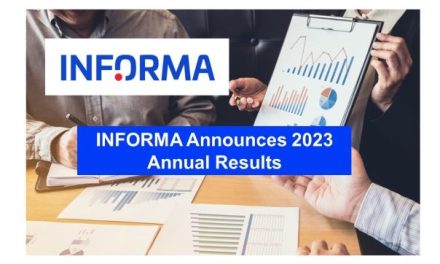 Moody’s and Experian released their latest Analytics Q2 2018 Main Street Report. You can view the latest insights on small business credit conditions; interact with dynamic graphs; read commentary from the economists at Moody’s Analytics and share them with your network.
Moody’s and Experian released their latest Analytics Q2 2018 Main Street Report. You can view the latest insights on small business credit conditions; interact with dynamic graphs; read commentary from the economists at Moody’s Analytics and share them with your network.
The overall outlook for small-business credit is positive. Outstanding balances rose in the second quarter, as did the average balance per business. Delinquency rates continued the downward trend they have maintained through the expansion, and default rates stabilized at the level they reached last quarter. Continuing strength in the economy will keep small-business credit performance strong through the end of the current expansion, if not longer. Rising rates and destabilizing trade policy are potential sources of trouble, but thus far they haven’t slowed down small-business credit growth.
Growth in the number of businesses accessing credit markets, the data suggests that credit conditions continue to loosen. Specifically, the percentage of accounts that were 30+ days delinquent dropped from 9.2 percent to 8.8 percent. This trend is likely to continue as businesses that are 91+ days past due continue to drop out of the data as they transition into bankruptcy and as fewer performing accounts become distressed.
The bankruptcy rate leveled off in the second quarter, easing speculation about what an increase would mean for small-business credit. Bankruptcy rates will likely remain constant at this level, given underlying economic strength, but could decline slightly as creditors charge off — and remove — severely delinquent businesses from their books. At 15 basis points, the current bankruptcy rate is healthy given the state of the economy and growth in the number of businesses accessing credit. The increase in the number of businesses seeking credit was more than enough to offset the rise in businesses entering bankruptcy in the second quarter.
Average balances in the second quarter rose 3.6 percent from a year ago. This growth is largely attributable to businesses entering the data set in the fourth quarter of 2017 and both quarters in the first half of 2018. Some of these businesses have re-entered our sample after falling out due to nonactivity. (Businesses need to have been actively accessing credit for at least two consecutive quarters to be counted in our analysis.) This paints a fairly rosy picture for small-business lenders, as there appears to be no shortage of demand for their product. While encouraging for the market overall, we examine the consistency of this trend across industry segments.
Risks from trade policy warrant scrutiny
The two most salient risks on the horizon for small businesses are rising interest rates and trade disruptions. The Federal Reserve has raised rates twice so far in 2018 and looks set to raise rates two more times before the end of the year, bringing the federal funds rate to a range of 2.25 percent to 2.5 percent by year’s end. In addition, the Fed has begun reducing the size of its balance sheet. Treasury yields have taken a wild ride early in 2018, with the yield on 10-year maturities hitting 3 percent for the first time in four years. This move toward tightening monetary policy has already been pushing up short-term interest rates, but longer-term rates have stood their ground. This developing situation could result in a yield curve inversion as soon as next year. Historically, an inverted yield curve has been an accurate predictor of recessions within 12 to 18 months following the inversion. Any sign of a brewing recession may discourage small businesses from borrowing to fund operations or expansion — or from forming in the first place.
Trade policy poses its own risks to small-business credit markets, especially through wealth effects. If trade tensions escalate far enough, they could affect the labor market and incomes. The bouts of volatility in financial markets this summer are attributable to trade actions that could be aggravated by the imposition of additional tariffs or other actions limiting trade. Small-business owners who use personal sources to finance their businesses could be disinclined to invest if markets are unsettled. Additionally, if employers begin laying off workers under an aggravated trade scenario, this could dampen the positive labor market outcomes, which are starting to result in faster rising wages, thereby reducing demand from consumers. More likely than not, trade will remain a small fish in the pool of risks to credit, but it’s a risk that bears watching, especially given heightened trade tensions.
So far, these risks are having little effect on small-business sentiment. But this could change rapidly, since small-business owners are still enjoying the benefits of deficit-financed tax cuts, and optimism is understandably high. A deterioration of the real economy would bring the party to an abrupt end.
2018 outlook remains positive
The second quarter didn’t bring much in the way of changes for small-business credit. In light of improving credit performance across regions and in a majority of industries, there is nothing in the data to suggest a change in the positive outlook in the short term. Combined with continuing strength in the economy, small-business credit looks set to continue its recent strong performance.
Source: Experian Press Release


























